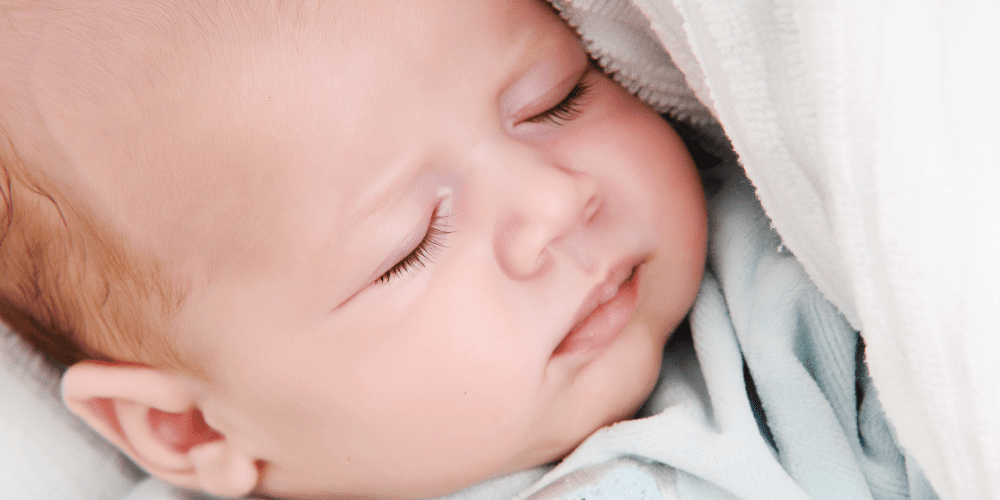
Many people are aware that infants have softer, more pliable skulls than their adult counterparts. However, they may not be aware that babies can develop flattened areas on the back or sides of their heads until they have one of their own and notice it happening firsthand.
This condition is called plagiocephaly, also known as flat head syndrome. Sometimes babies are born with cone-shaped or otherwise misshapen heads due to the birth process or their position in the womb. Other times, flat head syndrome develops over time if a baby tends to lie with his head in the same position repeatedly or for a long time.
How can you tell a baby has flat head syndrome?
Although a pronounced flat spot or area on the back or side of a baby’s head is the most obvious sign of flat head syndrome, however this is just one of many signs of plagiocephaly. For example, sometimes, babies with plagiocephaly appear to have crooked ears or uneven hair growth. Other times, the forehead may appear unusually prominent, or the head may simply have a bumpy appearance overall.
If you suspect your baby has or may be developing flat head syndrome, it’s essential to discuss it with your doctor. He or she will be able to tell for sure, as well as recommend a course of treatment. In many cases, flat head syndrome will resolve on its own, especially if your baby was born with his misshapen head. However, if the condition persists after the child is two months old or seems unusually pronounced, it’s time to seek treatment.
How can caregivers prevent flat head syndrome?
Babies must be placed on their backs to sleep, even if flat head syndrome is a concern, as sudden infant death syndrome (SIDS) is a risk otherwise. It’s also best not to leave your baby to sleep in accessories like bouncy chairs, car seats, and swings to promote free, healthy movement of his neck.
However, there’s still plenty else you can do to help offset flat head syndrome or prevent it from developing in the first place. The following are a few great examples.
- Make plenty of supervised tummy time a staple in your baby’s daily life during his waking hours. Not only does this help discourage flat spots, but it’s ideal for your baby’s mental, physical, and motor development.
- Opt for holding your baby more often instead of leaving him in his crib, stroller, bouncy chair, or similar item. This helps relieve pressure on the head and discourage flat spots.
- Consciously vary the positioning of your baby’s head while he sleeps, and put him down in the first place with the flat side of the head facing up.
There are also special baby pillows on the market designed specifically to treat and prevent flat head syndrome, as well as corrective helmets and other similar items. Adding such accessories to your baby’s care routine can help ensure he develops as healthfully as he should. Explore the possibilities today!
Pin This Post





